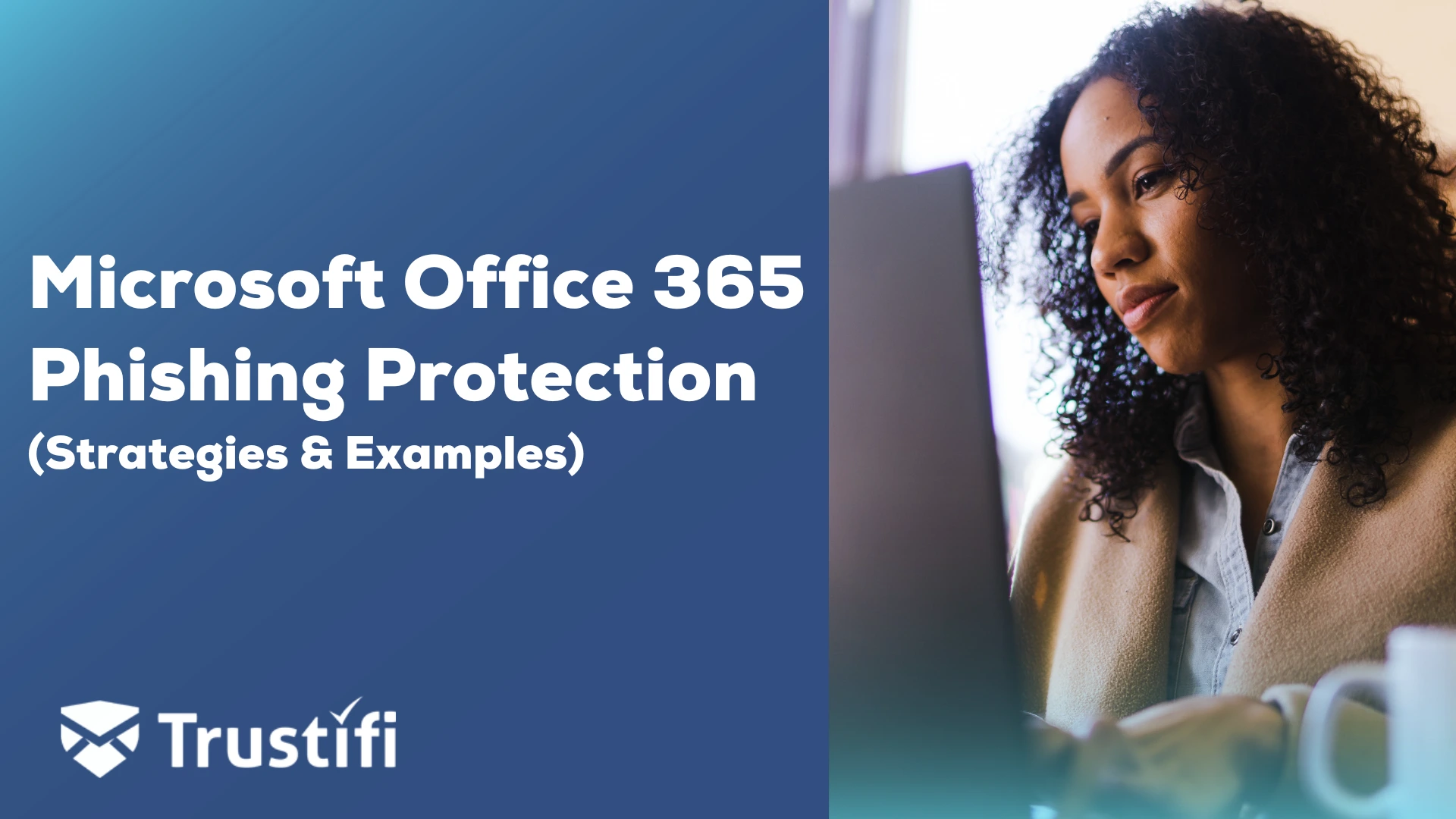Understanding Credential Email Threats
Credential theft phishing is one of the most successful forms of cyber attack as it can take various shapes, exposing several security vulnerabilities. Some credential phishing email content may include only textual information meant to entice victims into opening the message. Others might have attachments containing malicious code. Still, others might consist of phishing links to malicious sites. And yet others credential phishing attempts might include different attack surfaces like pictures or other types of files that could carry viruses. This is why credential phishing prevention is highly challenging and requires the corporations to follow the best practices.
Global Challenge with Credential Phishing Emails
According to a recent IBM study, breaches and data loss resulting from credential hijacking took close to 250 days to identify. The financial impact of credential theft rose to $54 million in direct losses in 2022.
Corporate credentials and individual login credentials stealing through email, IM, and social media sites remains a global challenge for organizations and personal users. Stealing credentials is the first stage in a credential-based attack. Stolen credentials provide access to services or applications that steadily elevate hackers’ privileges, or gives unfettered access to bank accounts, e-commerce websites, and other platforms.
Sometimes, hackers surf social networks, searching for profiles of people whose details they can steal. They may then create an email that imitates one sent by a legitimate organization, containing a link that will redirect victims to a site or landing page where they can submit credentials (username and password). Once logged into the fake website, the attacker steals the user’s personal information.
A common tactic for hackers is using well-crafted credential phishing campaign emails such as the ones created via SuperMailer software to lure victims into clicking on malicious URLs or shortened links that redirect them to phishing sites. These sites look similar to well-known legitimate websites. The user is unaware the hackers have recorded their user credentials once they begin attempting to log into the rogue website.
Most users often will use the same login username (user id) and password on other sites. The hackers will entice the victim to log in to their phishing website to steal user information and gain access to sensitive data. The user thinks they are logging into a familiar location.
What Does a Credential Email Contain?
Even though it may be difficult to spot credential phishing, here are some red flags that businesses & employees should be aware of in order to recognize and mitigate a threat.
A well-designed credential phishing login form will use authentic font and image styles and even email signature to mimic a company’s website exactly. It must also avoid any obvious red flags that might trigger an alarm from native browser protections.
Once you click on the login page link, you’ll be taken to the legitimate company’s site. But before submitting credentials, check out the URL bar. You should see something like https://www.example.com/login instead of http://phish.me/login. If not, then you may deal with a fake login screen (a phishing site).
Hackers often use images instead of text on their fake websites to avoid detection by anti-spyware programs and spam filters.
Credential Phishing Prevention Strategy
Organizations have several options to help prevent credential phishing attacks, including:
Enabling DMARC: Many credential phishing scammers use lookalike domains during communication with their targets. DMARC is an effective anti-phishing protocol that helps prevent phishing attempts and improve internet security. It also allows administrators to establish policies for fake messages and decide whether they should be quarantined or blocked.
Enabling Cloud-based Email Security: Many companies suffer breaches because they use outdated, overly complex security controls. Only after clients have migrated their entire security infrastructure to a single, unified platform do they realize the cost and complexity of maintaining their current legacy system became a security threat.
Domain credential filter method will check for a corporate username and the associated password: the firewall detects if the password entered on a website matches the actual password in a user’s company account. IP user mapping is considered another effective prevention method along with domain credential filter and utilizing URL filtering profile.
Credential phishing prevention works by scanning username and password submissions to websites and comparing those submissions against valid corporate credentials. After they check credential submissions, companies can choose what sites they want to either allow, alert on, or block corporate credential submissions based on the URL categories of the website.
Multi-factor Authentication
Multi-factor authentication (MFA) is a way to protect your online identity. If someone steals your username and password, they won’t be able to access your account unless they know your username and password, AND something else proves who you are. For example, when logging into Gmail, you might need to click on a link in an email message OR type in a particular security question/answer combination. When logging into Facebook, you might need to use your phone number or another form of two-step verification.
With MFA enabled, emails from your account will be encrypted so anyone else can not read them. You can easily send an encrypted message by clicking a single icon.
Encrypted email messages can be accessed by recipients securely and efficiently from within their inboxes without them needing to create any new accounts, sign up for anything, or log into any third-party system.
Many Methods to Verify the Identity of the Email Recipient:
- PIN code sent via SMS or as a phone call
- Personal password
- PIN code sent via email
- Using the recipient’s Single Sign-On (SSO) with Gmail, O365, or Yahoo
Stopping phishing messages require more than just technology. SecOps teams and corporate users need to exercise good cybersecurity governance including strict password management policies to prevent a successful phishing attack. Phishing scams will happen. Hackers keep using a variety of phishing attempts because, at some point, a user will accidentally click on malicious link buried inside of email messages.
What can users do to help stop these attacks from impacting the organization?
- Complete all security awareness training and practice what you learn.
- If an instant message sounds too good to be true, it probably is. Mark it as spam and delete the message
- Be careful about compelling subject lines that create a sense of urgency such as “Attention: Unusual account activity detected” or “Your meeting attendees are waiting!”
- Before you click on any link inside of your email, use your mouse to scan over the URL. Look for misspelled words. Ensure the link goes to a website that matches the sender’s email address
Cracking MFA is far from impossible. Authentication tokens can be phished or hacked, just like usernames and passwords.
Trustifi advanced email security with comprehensive protection for Credential Phishing
Trustifi’s holistic strategy for email security combined several critical protection layers into one solution. Email and cyber security professional teams can easily adjust the policies to stop credential phishing attacks, malicious links, business email compromise attacks, and suspicious attachments in emails, along with blocking outbound data exfiltration breaches caused by ransomware attacks.
Trustifi’s Inbound Shield imposes a layer of protection between your email system and the outside world. Inbound Shield readily identifies and blocks suspicious inbound emails using Artificial Intelligence (AI), machine learning(ML), and dynamic engines.
- The Trustifi Inbound Shield™ – is cloud-based, easy to install, and doesn’t require any architecture changes. You get peace of mind that we protect your emails from suspicious emails and consent phishing attacks with no complex setup or concerns about missing email messages. Plus, it deploys in minutes, not days.
- The Trustifi Outbound Shield – automatically scans with an enhanced security engine and encrypts outgoing email messages according to administrators’ policies, so any emails that contain sensitive information are automatically secured.
- Trustifi Account Compromise Detection – Trustifi will immediately identify when an email account is compromised across all departments, employees, and users.
- The Trustifi One-click for compliance for encryption – With the One-Click Compliance tool, administrators can easily set the platform to screen emails to ensure they comply with over ten regulatory compliance guidelines, including HIPAA, PCI-DSS, GPDR, CCPA, NIST-800-53, FERPA, and ISO 27000 series.
Simplifying Credential Phishing Protection
The need for greater awareness regarding phishing and ransomware has never been more critical than now. The need to make the user experience easier is also paramount. Every user capability, including sending and receiving messages, encrypting emails based on a DLP rule, and finding lost messages, is a positive strategy to change and upgrade the email security measures. If a user has difficulty encrypting statements, in most cases, they will still send the message in the clear.
Trustifi Single Console for Ease-of-Use Management
With a limited IT and security staff at most healthcare organizations, the clients need security solutions to manage more efficiently while meeting HIPAA, PCI, and other compliance mandates.
Trustifi’s email security services feature a comprehensive suite of email tools for advanced threat protection, data loss prevention, and enterprise email encryption.
- Enables email authentication for both inbound and outbound emails.
- Data loss prevention from outbound emails.
- Enables rapid response to threats and sophisticated threats and attacks.
- Advanced Email Threat Protection against malware attacks
- Detection and prevention of email-borne threats and spam emails
- Spoofing, phishing, and fraud detection and prevention
- Email account compromise
- Zero-day threats
With Trustifi vendor consolidation and reduction of resource cost allocation, they align with the needs of small and midsize clients while not compromising on email protection, all with a single pricing model.
Trustifi continues to add capabilities to stop potential threats, including artificial intelligence, machine learning, and threat intelligence, into its platform to help future-proof protection for its clients without adding additional complexity when enabling these new services.
Trustifi offers a consolidated solution pricing to support small and midsize enterprise marketplaces. Trustifi requires fewer security operations, time allocation, and management resources. The solution is API based, not an appliance requiring a complex re-configuration of your email flow. Trustifi installs in minutes and requires no maintenance or upkeep.
Trustifi’s Email detection and response (EMDR) offers clients access to experts to assist with the implementation.
Culture
As a global cybersecurity provider of both inbound and outbound email protection, Trustifi currently supports customers from countries including the USA, Canada, Brazil, the Dominican Republic, the UK, the Netherlands, India, the UAE, China, Japan, Cyprus, the Philippines, and more. The company has also developed “One-Click Compliance” capabilities that cater to world security regulations, including PDPO for Hong Kong, POPI for South Africa, GDPR for Europe, and LGPD for Brazil.



